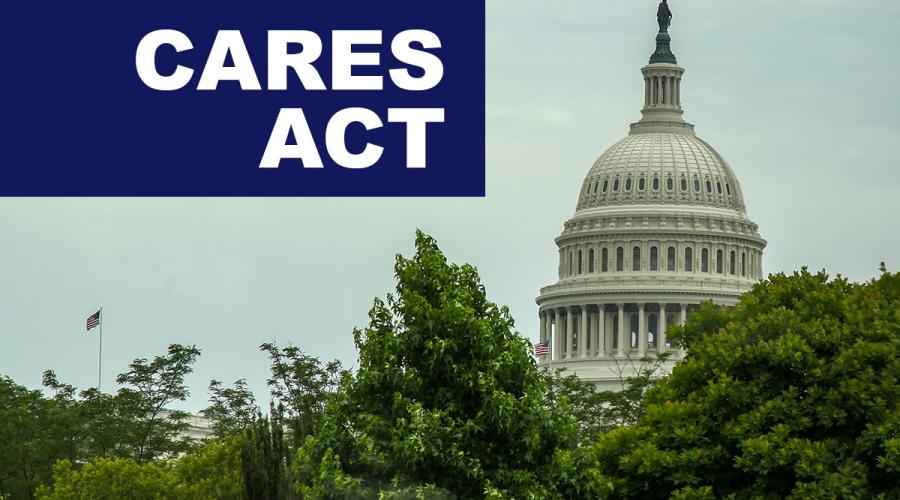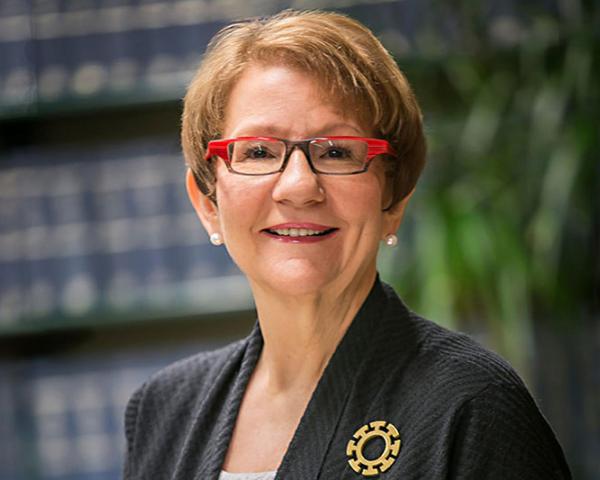
Federal Government Mandates COVID-19 Paid Leave
The coronavirus crisis changed the employment world when schools, daycare centers, and non-essential workplaces closed or moved employees to working at home. In an attempt to address this radical shift in work, the Federal Families First Coronavirus Response Act and the Cornonavirus Aid, Relief, and Economic Security Act became law.
There are several acts that make up new laws. The Federal Families First Coronavirus Response Act (the FFCRA) established paid leave benefits for both private-sector and public-sector employees for a limited time: from April 1, 2020, through December 31, 2020. This law includes both the Emergency Family and Medical Leave Expansion Act (Emergency FMLA or EFMLEA) and the Emergency Paid Sick Leave Act (the EPSLA). The Coronavirus Aid, Relief, and Economic Security Act (CARES Act) amended sections of the EPSLA and the EFMLEA. The Department of Labor issued a temporary rule on April 1, 2020, to provide operational information and consistency for carrying out the purpose of the EPSLA and the EFMLEA. The USDOL Temporary Rule is available here: https://www.dol.gov/agencies/whd/ffcra
There will be unanswered questions about the law and policy issues that will be decided as employers and workers utilize the laws’ provisions.
EPSLA and EFMLEA
Basically, the EPSLA provides that covered employees can to take up to two weeks of paid (with a cap on salary paid) sick leave.And, under the EFMLEA, covered employees are entitled to take up to 12 weeks (10 weeks paid) of family medical leave for COVID-19 reasons, as specified in the law.
Which Employers Are Covered?
Private-sector employers with fewer than 500 employees (full and part time). Employees of private elementary or secondary schools also are covered, regardless of the number of employees. However, a small (fewer than 50 employees) business may deny requested leave, if the business has determined that the leave would cause the small business to cease operating at a minimal capacity because the employee’s leave would:
- Result in the small business’ expenses and financial obligations exceeding available business revenues, or
- Deprive the business of an employee who has specialized skills, knowledge or responsibilities, or
- Result in the employer having too few employees able, willing and qualified to work
There are special rules for employers who are health care providers and emergency responders, which are not discussed here.
Policy Concerns:
- Large numbers of workers are not eligible for this leave because they work for large employers (who are not covered), or small employers, who can deny requests.
- What oversight criteria will be used to evaluate whether a small employer can deny employees leave?
- Workers who have been laid off or furloughed, while the business remains open, are not eligible for this leave. Additionally, any worker in a business that has been closed is not eligible. These employees may file for unemployment insurance.
The Emergency Paid Leave Sick Act (EPSLA)
Covered Employees
Under the EPSLA, employers must provide paid sick time to employees unable to work or telework for one of these six COVID-19 related reasons. If the employee:
- Is subject to a COVID-19-related federal, state or local quarantine or isolation order
- Has been advised by a health care provider to self-quarantine due to COVID-19-related concerns
- Is experiencing COVID-19 symptoms and seeking a medical diagnosis
- Is caring for an individual who is subject to a COVID-19-related federal, state or local quarantine or isolation order or who has been advised by a health care provider to self-quarantine due to COVID-19-related concerns
- Is caring for his/her child, if the school or place of care for the employee’s child has been closed, or the employee’s child care provider is unavailable, due to COVID-19-related precautions
- Is experiencing “any other substantially similar condition specified by the Secretary of Health and Human Services in consultation with the Secretary of the Treasury and the Secretary of Labor”
Amount of Leave under EPLSA:
Full-time employees are entitled to up to 80 hours (10 days) of paid sick leave. Part-time employees are eligible for paid sick leave for a number of hours equal to the average number of hours the employee works over a two-week period.
Pay:
Employees on COVID-19 sick leave related to themselves must be paid their regular rate of pay or the minimum wage rate for the locality in which they work, whichever is greater. The regular rate of pay is the average of the employee’s regular pay rate over a period of up to six months prior to taking leave. However, the pay is capped at $511 per day and $5,110 in total (10 days).
If the paid sick leave is taken to care for another or where the employee is experiencing any other condition that is substantially similar to COVID-19, the employee is entitled to be paid 2/3 of the rate described above, and the cap on pay in these situations is $200 per day and $2,000 total (10 days).
Note: Employees with sick leave accruals may not be required to use them before, or concurrently with, the EPSLA leave. Employees, with the agreement of their employers, may use their accruals to supplement the amount they receive during the EPSLA leave, up to the employee’s normal earnings.
The U.S. Department of Labor’s FAQs state that the law went into effect on April 1, 2020. The FAQs are available at: https://www.dol.gov/agencies/whd/pandemic/ffcra-questions.
Additional guidance is available at: https://www.dol.gov/agencies/whd/pandemic.
Emergency Family and Medical Leave Expansion Act (EFMLEA)
Under the EFMLEA, traditional FMLA is expanded to include paid leave and broadens the eligibility criteria in terms of time worked for the employer.
Covered Employees
Under the EFMLEA (Emergency FMLA) employees can take leave for a “qualifying need related to a public health emergency,” if the employee is unable to work or telework, or if the employee:
- Needs to care for his/her child (under 18 years old or certain special needs children over 18) if the child’s school or place of care has been closed, or
- The child’s care provider is unavailable due to an emergency with respect to COVID-19 declared by a federal, state or local authority
Employees who have been employed by the employer for at least 30 calendar days are eligible for this leave. (This is different from the traditional FMLA that requires the employee to have worked 1,250 hours over the previous 12 months to be eligible.)
Policy Concerns: Workers are not covered to care for ill family members, including children if school or childcare is available. They are also not covered for their own illness. They would only be eligible for unpaid leave under the traditional FMLA, if they have not used the entire benefit prior to April 1, 2020.
Length of Leave
The leave can be up to a total of 12 weeks, taken either consecutively or intermittently. However, if an employee has already taken leave under traditional FMLA, that amount is reduced from the amount that can be taken under EFMLEA.
Policy Concern: In this extreme situation, workers who have used traditional FMLA will be denied the full coverage of the emergency leave benefits.
Pay
- The first 10 days of the leave are unpaid. An employee may choose to substitute accrued leave (vacation, personal, medical or sick leave) for the unpaid leave.
- After 10 days, the employee’s rate of pay is capped at $200 per day ($10,000 maximum). An employee may elect to use OR an employer may require the employee to use any leave provided by the employer (vacation, personal, or paid time off) that would, under normal circumstances, be available for the employee to use to care for a child.
- To the extent the need for EFMLEA leave is foreseeable, the employee must provide as much notice as is practicable.
Job Protection
Employees taking EFMLEA have the same rights to retain their job or an equivalent position as if they took the leave under traditional FMLA. However, there is an exception for employers with fewer than 25 employees under certain extenuating circumstances not detailed here.
EFMLEA and the EPSLA Work Together
An employee who is on paid leave taking care of his/her child because the child’s school or place of care is closed or child care provider is unable to work (EPSLA) will receive those benefits for 2 weeks and also the EFMLEA for a total of up to a total of 12 weeks of job-protected paid leave.
How Will Employers Pay for the Leaves Under EFMLEA and EPSLA?
- Employers can apply for a tax credit against their federal payroll taxes for the total amount of the wages paid for the EPSLA and EFMLEA wages pursuant to The Families First Coronavirus Response Act for each calendar quarter until December 31, 2020.
- Employers will not be subject the 6.2% social security payroll tax for those paid leave hours/days.
NOTE: This summary of the law is provided to present a general understanding of the law and its interpretation to date. This is an evolving area of the law. This should not be regarded as legal advice. For specific questions, please seek the advice of a lawyer.
